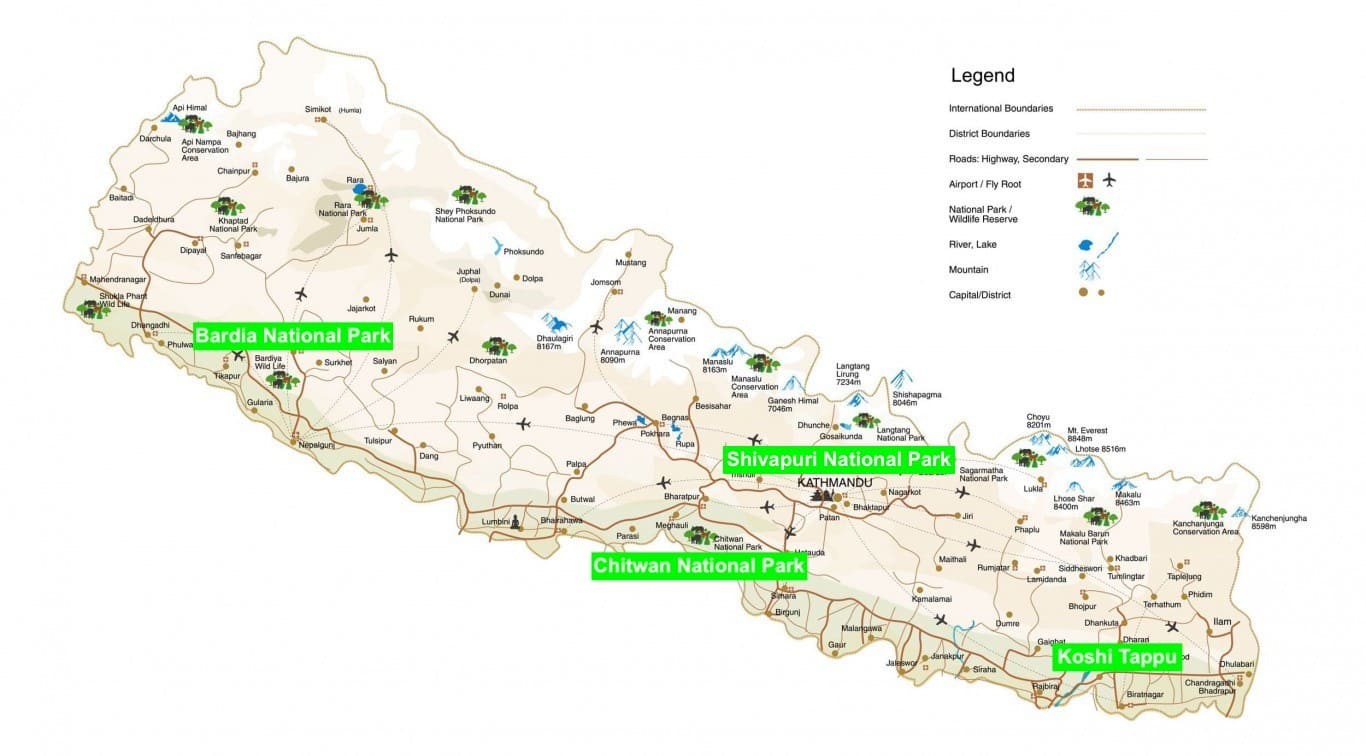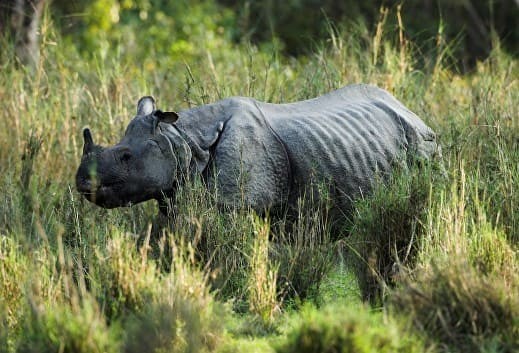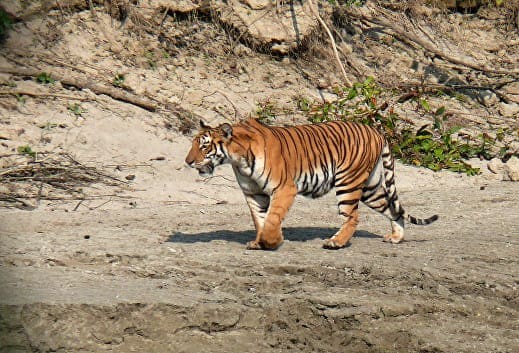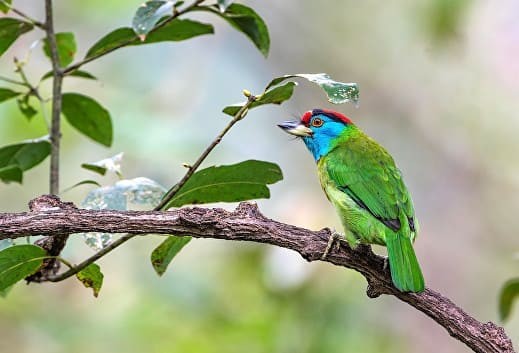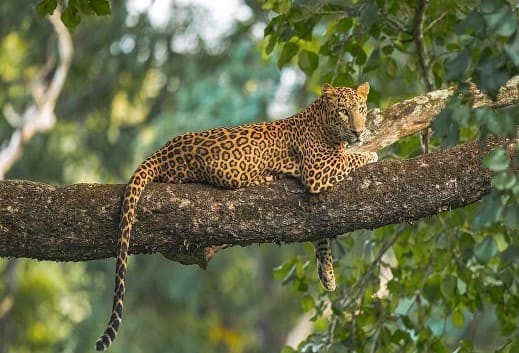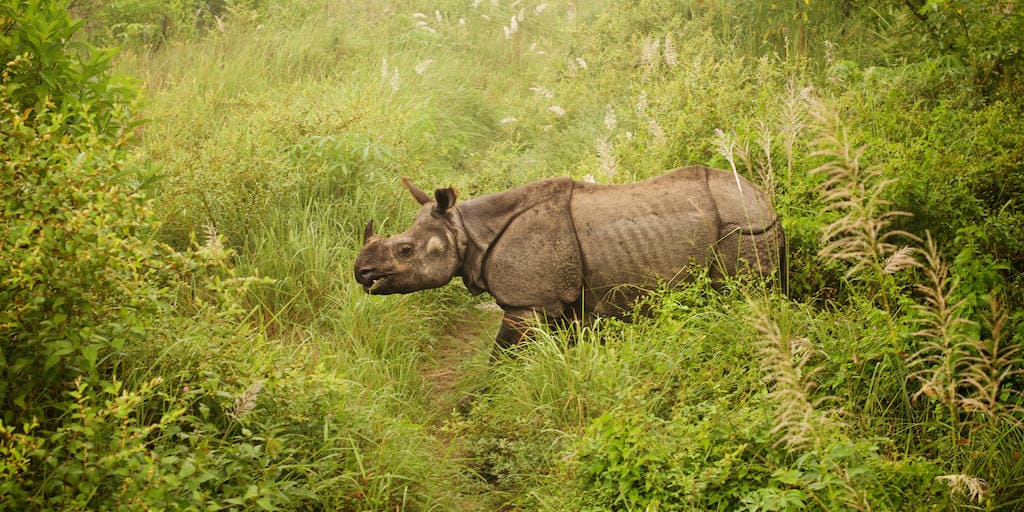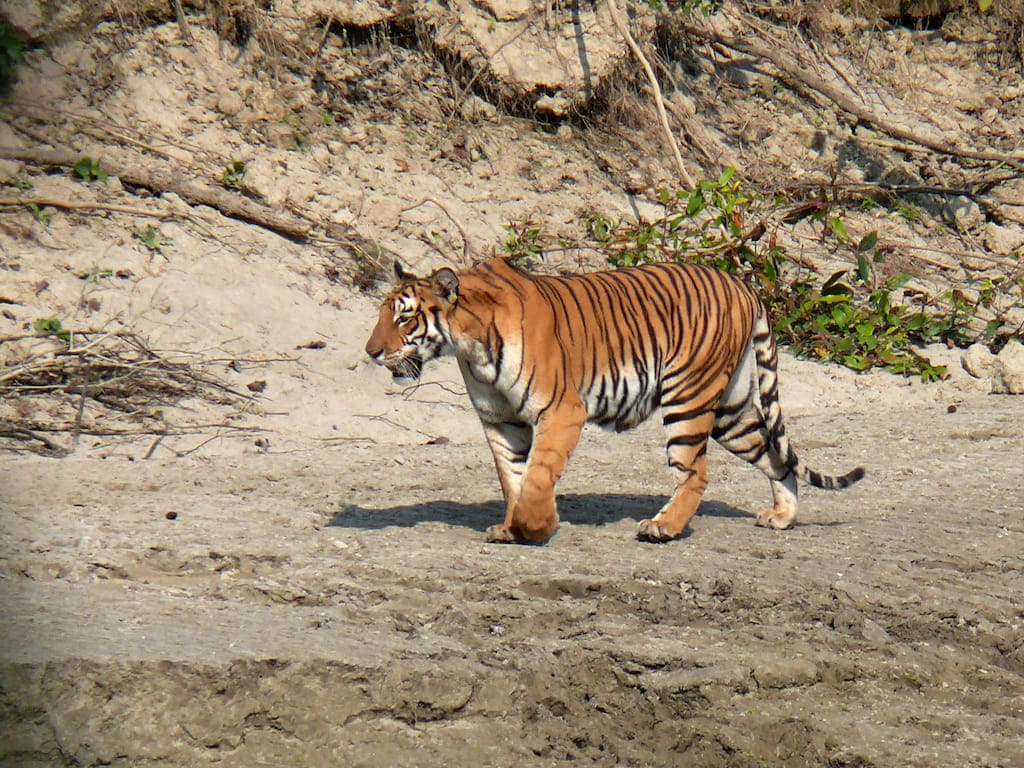You can contact us by e-mail or phone
from uk
01405 862917
outside uk
+44 1405 862917
01405 862917
+44 1405 862917
Nepal Wildlife & Birding
Photo Credit: Big Cat Facts
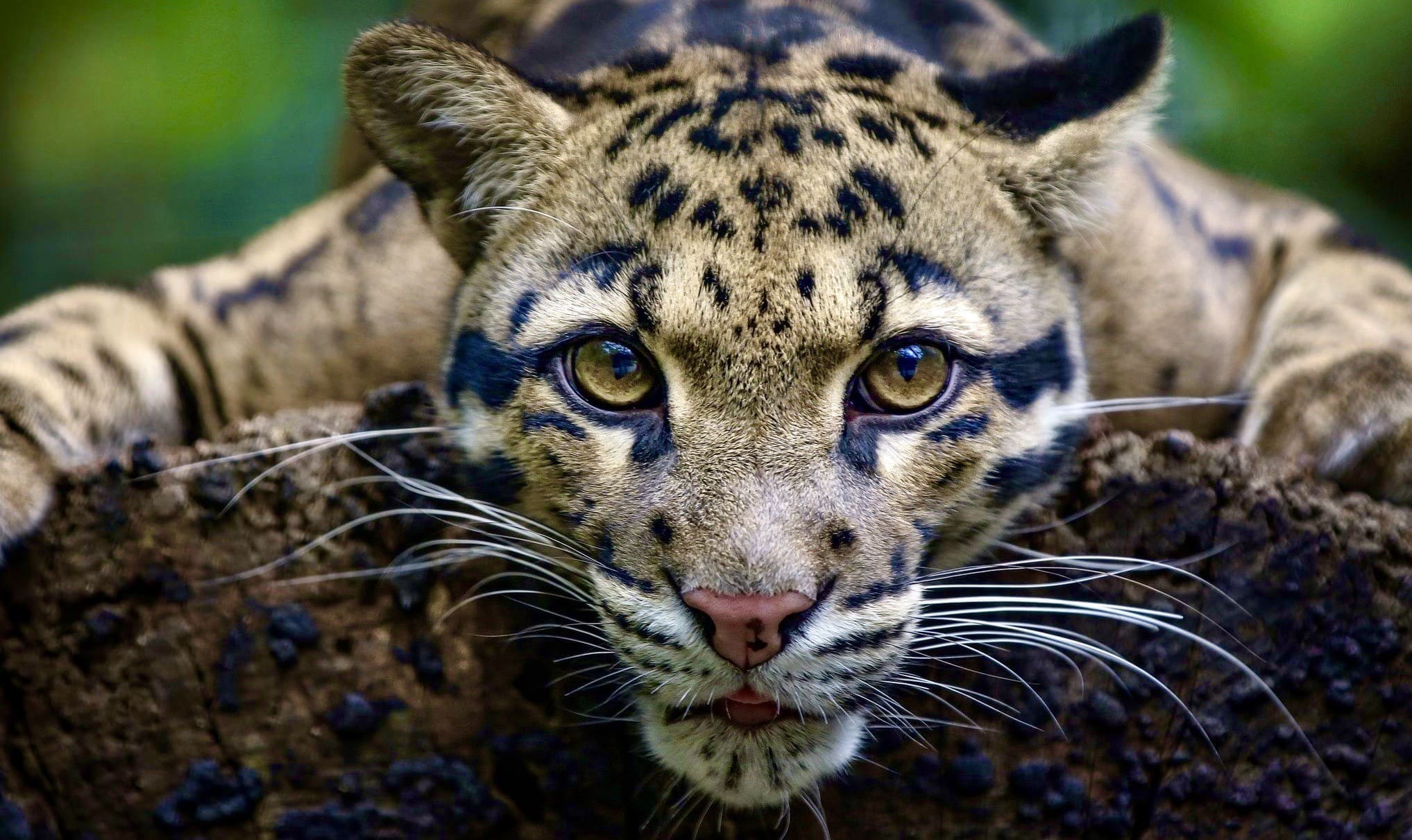
Nepal Wildlife & Birding
Photo Credit: Big Cat Facts
Wildlife Safaris - Chitwan, Bardia, Koshi Tappu, Shivapuri
To find out more about the big cats of Nepal and worldwide visit: Big Cat Facts
The chances are that wherever you go in Nepal, you'll encounter wildlife. For tigers, rhinos, crocodiles and more Bardia National Park and the jungles of Chitwan are the places to go. Koshi Tappu is a bird watchers delight and the forested hills of the Shivapuri National Park on the outskirts of Kathmandu are a surprising wildlife haven too. Searching for the snow leopard and the red panda in the Himalayas is a different ball game altogether - see our Nature Treks section further below.
Nature Treks
The Himalayas
Snow Leopard and Red Panda Treks: To see wildlife in the mountains, a custom Himalayan nature trek comes into its own.
Snow Leopard and Red Panda Treks: To see wildlife in the mountains, a custom Himalayan nature trek comes into its own.
-
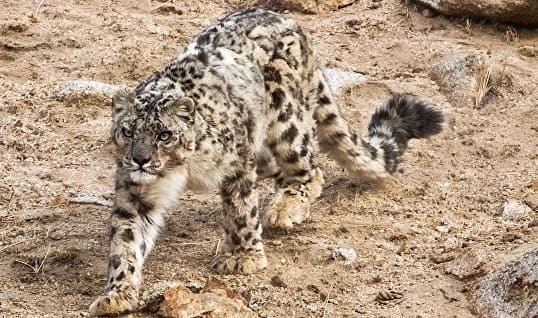
Snow Leopard Treks
This stunning snow leopard was captured on camera by a Snow Cat Travel client in the Himalayas. Although there are perhaps 400–500 snow leopards in Nepal, on a "normal" Himalayan trek, your chances of seeing one are about zero.
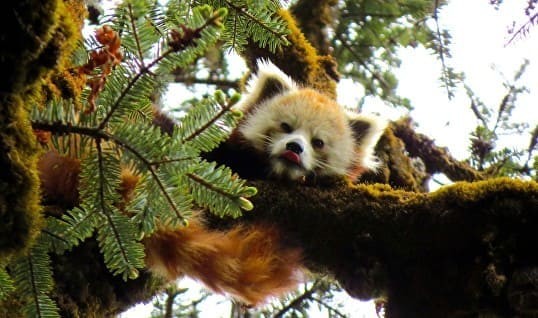
Red Panda Treks
The Himalayas are renowned for red panda's. Just like the snow leopard, on a "normal" trek, it's highly unlikely you'd see one, as they are found in the dense forests on the slopes of the mountains, which makes them rather difficult to spot by chance.
For the avoidance of doubt, we don't do fixed "join a group treks", We are exclusively private and custom-only.
Invariably, to stand any chance of seeing anything, you need to trek. On a hurried hiking itinerary, with a large group of people often making a total racket, the chances of seeing anything are remote.
With both the snow leopard and the red panda, we consider that the appeal of a snow leopard trek or a red panda trek will be the realm of the knowledgeable, experienced wildlife enthusiast only. It should go without saying that to stand any chance of seeing either a snow leopard in the wild or a red panda in the wild will require a purposeful and dedicated approach, i.e., the purpose of a snow leopard trek or a red panda trek is precisely that. The trek is dedicated to spotting these most rare and elusive species. It should go without saying (particularly on snow leopard treks) that there will be significant physical challenges and conditions to endure. We work closely with our friends and contacts at the official wildlife conservation bodies and species respective study groups within Nepal, who will usually provide the most appropriate species specialist to act as the guide, as well as ensuring that a code of conduct is adhered to. For snow leopards, we focus on the Annapurna Conservation Area, and for red pandas, Langtang National Park. However, we will operate only two private treks (for private parties of six or less) per year for either species, and then only if we are satisfied that a responsible, respectful approach will be adopted. Sadly, we too have seen those videos on Facebook of people trying to make themselves look great just for the sake of some "likes", when clearly the animal they are filming is displaying all the signs of fear and has been wantonly disturbed. And, no, we don't have set itineraries for snow leopard treks or red panda treks. It's all about having the flexibility to actively and reasonably seek out the species.
Nepal Trips
Chitwan, Bardia & Shivapuri
An example, illustrative itinerary that encompasses Nepal's premier jungle wildlife reserves as well as the hill forests of Shivapuri.
Bardia, Koshi Tappu & Shivapuri
For the more dedicated wildlife enthusiast. This example itinerary is less touristy too.
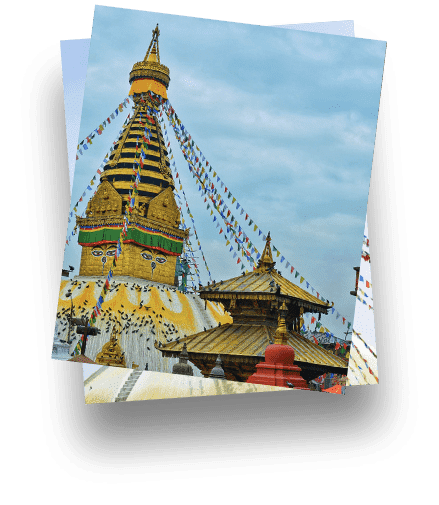
Read our Nepal Travel Guide

All rights reserved. Snow Cat Travel is a Registered Trade Mark UK 00003289264

